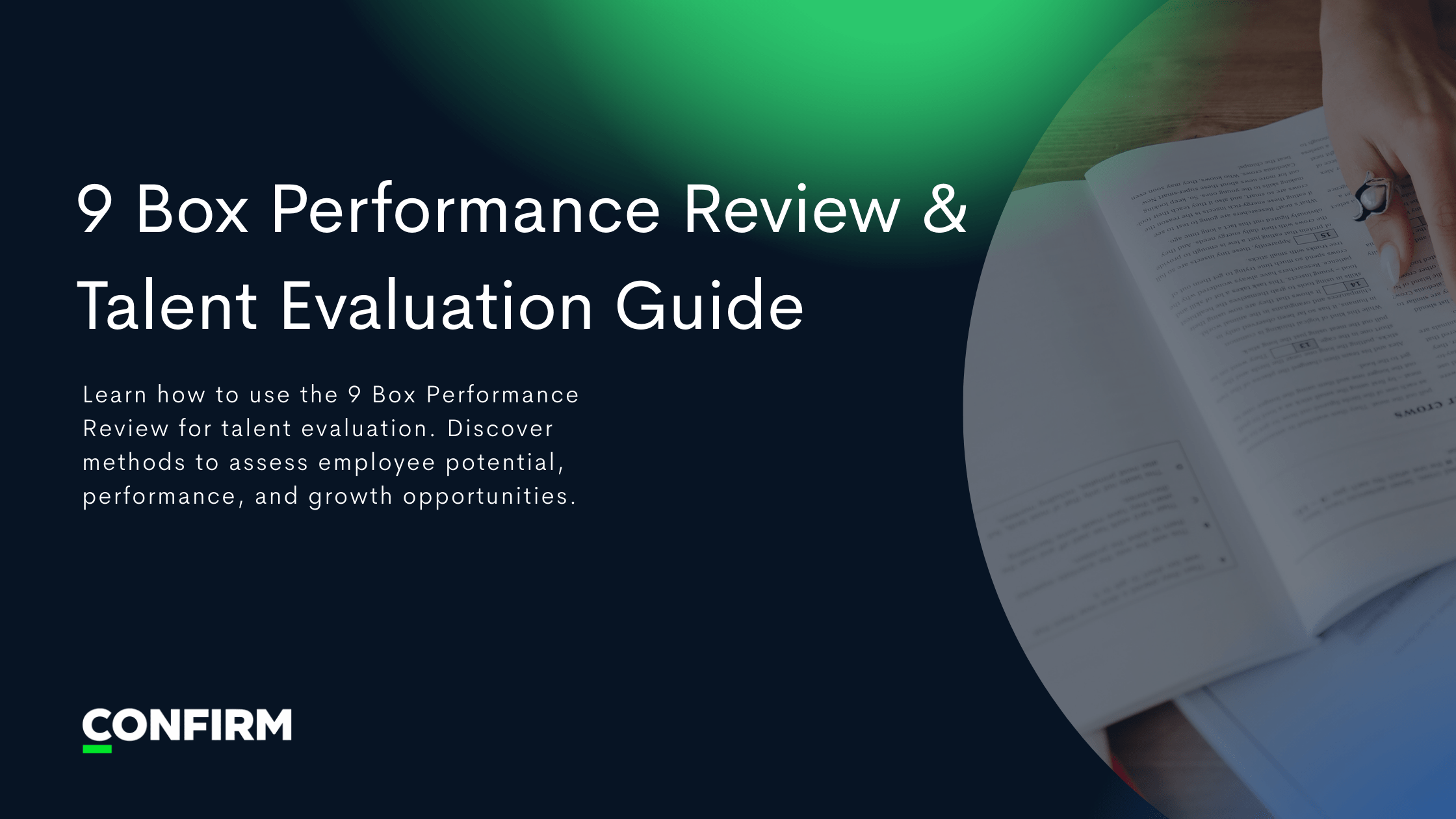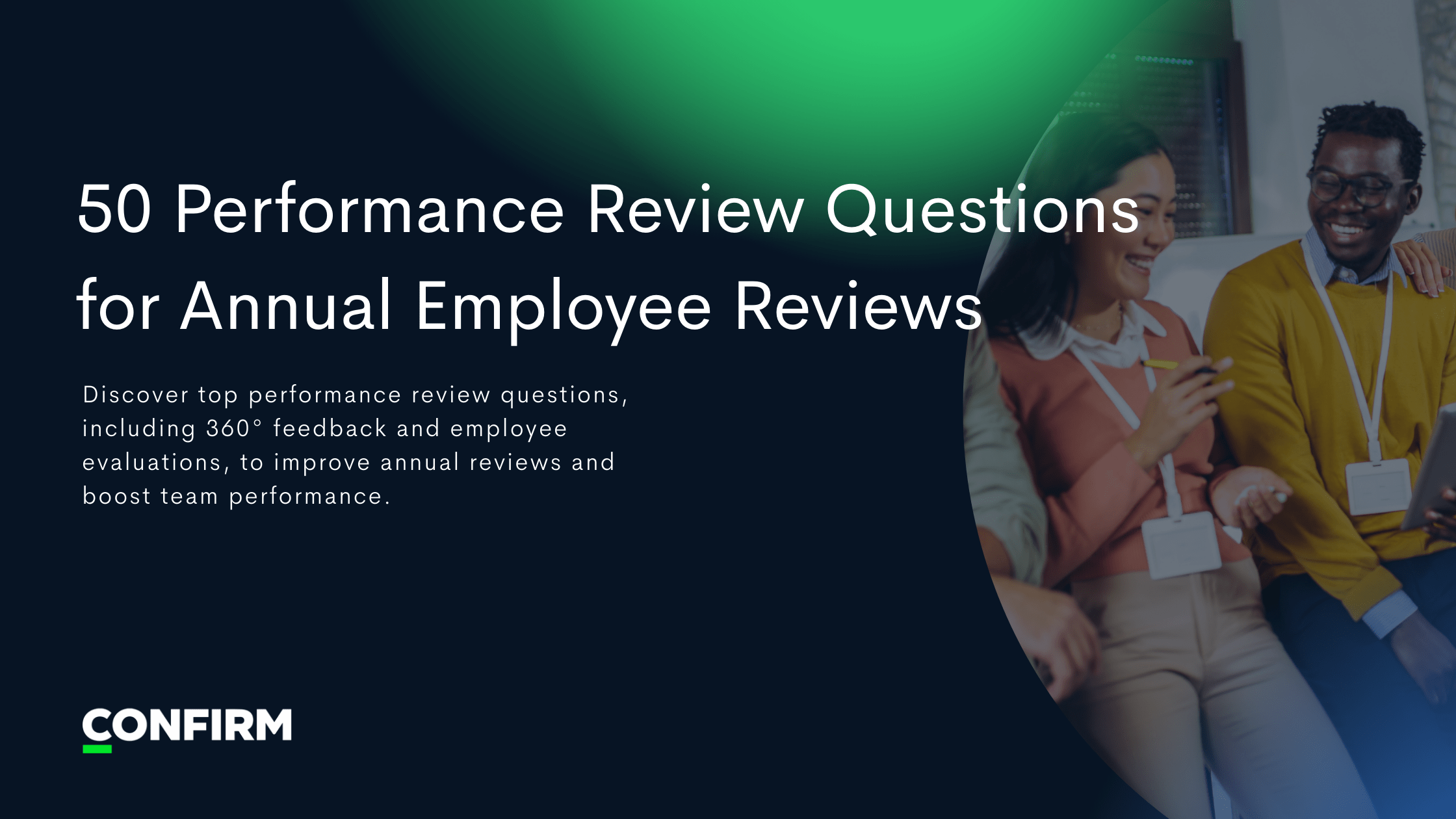
Blog post
Avoid These Performance Feedback Pitfalls At All Costs
Unlock employee potential with ONA in reviews for fair, accurate performance assessments.

The Critical Role of Performance Reviews in Employee Development
In today's competitive business landscape, the performance review process is more than just a formal assessment; it's a strategic tool that significantly impacts an organization's success. These reviews are crucial moments where team members and managers evaluate employee's performance, discussing not only strengths and weaknesses but also setting the stage for future growth and development. However, a glaring issue arises when these performance reviews fail to accurately capture the true essence of an individual's contributions, particularly in key areas like customer service, organizational skills, and problem-solving capabilities.
The importance of performance reviews extends beyond mere evaluations. They are integral to fostering a culture of continuous improvement, helping employees improve skills, and aligning individual goals with the broader business strategy. When conducted effectively, these reviews can enhance employee well-being, boost morale, and strengthen company standards.
The Common Pitfall in Performance Feedback
The major challenge in many performance appraisals is the over-reliance on subjective perceptions rather than objective, data-driven insights. This often leads to a distorted view of an employee's work, where performance ratings do not genuinely reflect their day-to-day work or past performance. This gap can lead to significant issues, including demotivation among employees who consistently exceed expectations but feel their efforts are not adequately recognized or rewarded.
This issue is further compounded by the traditional grading system used in most performance evaluations. Research shows that in a typical performance review with a 5-point rating scale, the majority of employees receive middle-of-the-road scores, making it challenging to distinguish between truly exceptional and average performers. This system often fails to provide the constructive criticism and positive reinforcement necessary for genuine employee growth.
The Solution: Integrating Organizational Network Analysis (ONA) in the Performance Review Process
Integrating Organizational Network Analysis (ONA) into the performance review process offers a groundbreaking solution to these challenges. ONA provides a more objective, data-driven approach to assessing performance, focusing on actual interactions and impacts within the organization. This method is particularly crucial in today's work environment, where traditional hierarchical structures have given way to more network-based interactions, making it difficult for managers to have complete visibility into their team's dynamics.
Implementing ONA in Performance Evaluations
- Identifying Real Contributions: ONA helps in pinpointing who the high performers are by analyzing their influence and contributions within the team. This approach is vital for recognizing employee's accomplishments and providing constructive feedback. It also helps in identifying quiet contributors, who, despite not being vocal or excellent self-promoters, play a crucial role in the team's success.
- Reducing Bias: By focusing on actual data and interactions, ONA minimizes the biases that can cloud traditional performance feedback, leading to more accurate and fair performance ratings. This is particularly important in creating an inclusive work environment where every employee, regardless of their communication skills or leadership qualities, is evaluated fairly.
- Promoting Internal Growth: Insights from ONA can be used to identify potential leaders and facilitate their growth, aligning with the business strategy and goal setting. This approach is essential for organizational change and ensuring that employees are given opportunities for new responsibilities and additional training.
- Enhancing Managerial Insights: Managers gain a better understanding of their team's dynamics, which is essential for improving performance and maintaining strong relationships. This insight is crucial for goal setting, regular feedback, and performance improvement plans.
Steps for Incorporating ONA in Your Performance Review Templates
- Gather Data: Collect data through surveys and digital tools, focusing on questions about who employees seek advice from, who motivates them, and who they view as top contributors.
- Analyze Interactions: Analyze this data to understand the networks, collaborations, and influence patterns within your organization.
- Integrate Insights: Use these insights to inform your performance review process, ensuring that evaluations are based on objective data and reflect the true impact of an employee's contributions.
Conclusion
Incorporating ONA into your performance review process can significantly enhance the accuracy and effectiveness of employee performance reviews. It ensures that performance feedback is based on actual data, leading to fairer and more productive outcomes. By doing so, organizations can better identify and nurture their top talent, ensuring that their best employees feel valued, understood, and motivated to continue contributing to the organization's success.
Ready to see Confirm in Action?
See why forward-thinking enterprises use Confirm to make fairer, faster talent decisions and build high-performing teams.










